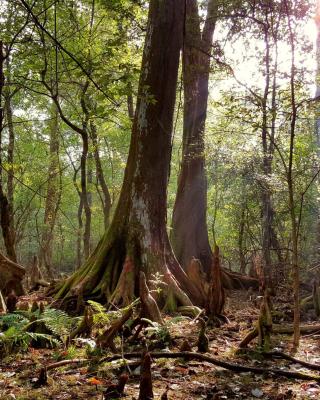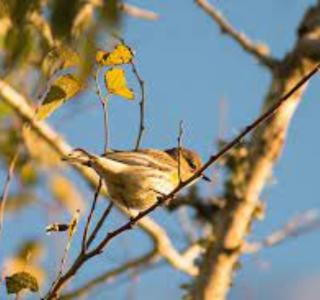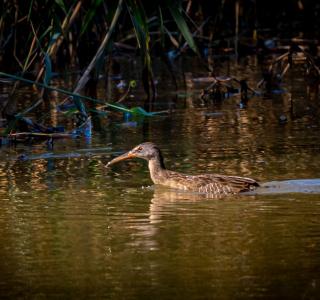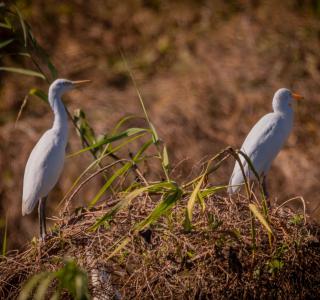Bordered on three sides by the Mississippi River, the 609-acre Woodlands Trail and Park in Belle Chasse is a pristine wooded oasis hidden within the urban expansion around it. The forest here is a mix of bottomland hardwoods and “back slope” hardwoods, with hiking and horse trails meandering along paths frequented by armadillos and a wide array of native and migrating birds.
Check these woods for numerous neotropical nesting birds including Mississippi Kite, Red-shouldered and Cooper’s hawks, Acadian and Great Crested flycatchers, White-eyed and Red-eyed vireos, Carolina Wren, Carolina Chickadee, Tufted Titmouse, Blue-gray Gnatcatcher, Northern Parula, Prothonotary, Hooded, and Swainson’s warblers, Common Yellowthroat, Yellow-breasted Chat, Northern Cardinal, Painted Bunting, and Orchard Oriole.
During the spring and fall, numerous other neotropical migrants such as transient flycatchers, vireos, thrushes, warblers, tanagers, and grosbeaks commonly use these bottomland hardwoods for crucial foraging and roosting purposes. In winter, these woods receive Sharp-shinned Hawk, Yellow-bellied Sapsucker, Blue-headed Vireo, Winter Wren, Ruby-crowned and Golden-crowned kinglets, American Robin, Hermit Thrush, Cedar Waxwing, Orange-crowned and Yellow-rumped warblers, Swamp, Song, and White-throated sparrows, and American Goldfinch beginning in late October.
Directions: From the intersection of I-10 and US 90 Business/ Pontchartrain Expy/ Exit 234C in New Orleans, go southeast on US 90 Business for 2.8 miles. Merge onto LA 428/General Degaulle Dr. and go east 1.2 miles, continuing another 1.7 miles on General Degaulle Dr. to LA 407/ Woodland Hwy. Go right (east) on LA 407 about 1.3 miles to LA 406/ Woodland Hwy. Turn left and go south-west about 0.6 miles to Woodlands Trail and Park.



